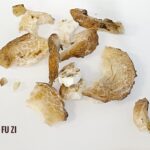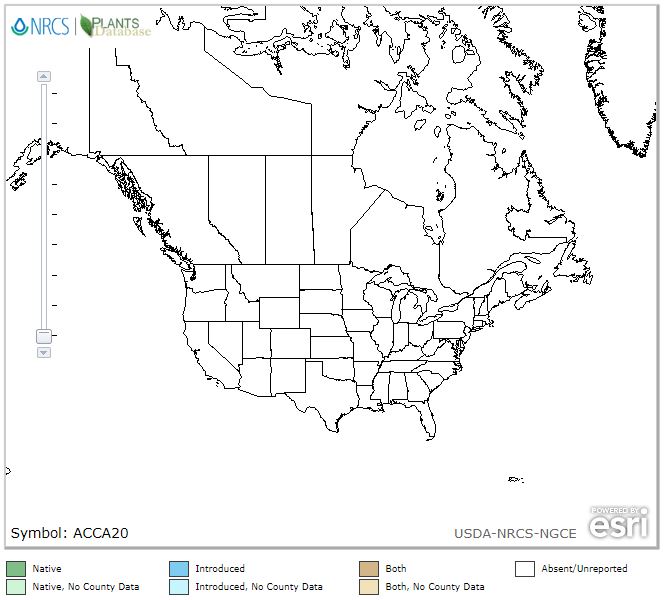Typhonium Root, Bái Fù Zǐ, 白附子,
Disclaimer For educational purposes only. Do not use as medical advice
Space Space
Space USA: USDA Zones: Native: Habitats: Herbal medicine may interact negatively with pharma drugs and other herbs. Examples below: Herbs: Pharma Drugs:
Health Benefits
For:
Attributes:
Products (online examples)
Space
Space
Research (sample)
Articles:
Constituents:
Photos (Click to enlarge)
Fun Facts
Other Names:
Species
Growth
TBD
TBD
is not in the USDA Plant Database. Drill down via USDA Interactive Map:
Properties, Actions, Indications, etc. Category: Phlegm Cold
English: Typhonium Root Pinyin: Bai Fu Zi Pharmaceutical: Rhizoma Typhonium giganteum
Organs: Liver • Spleen • Stomach Temperature: Warm
Taste: Pungent • Sweet • Toxic Toxicity: Toxic
Patterns:
Actions: Expel Wind and phlegm • Stop spasms • Dry dampness • Clear toxins • Resolve nodules
Indications: Convulsions • Facial paralysis • Wind stroke • Migraine headaches • Snake bites • Carbuncles • Scrofula
Contraindications: Pregnancy • Yin deficiency heat
Typical Dosage: 1.5g to 6g Guidelines
Parts Used: Tubers Notable for: Wind-phlegm • Nodules • CC: Pregnancy
Other: Overdose can use vinegar • Sheng Gan Cao • Sheng Jiang
Combine With
Purpose
Formulas with Bai Fu Zi
Alert
Be cautions with all medicine.
Potential Drug Interactions
Information in this post came from many sources, including class notes, practitioners, websites, webinars, books, magazines, and editor's personal experience. While the original source often came from historical Chinese texts, variations may result from the numerous English translations. Always consult a doctor prior to using these drugs. The information here is strictly for educational purposes.



0 Comments